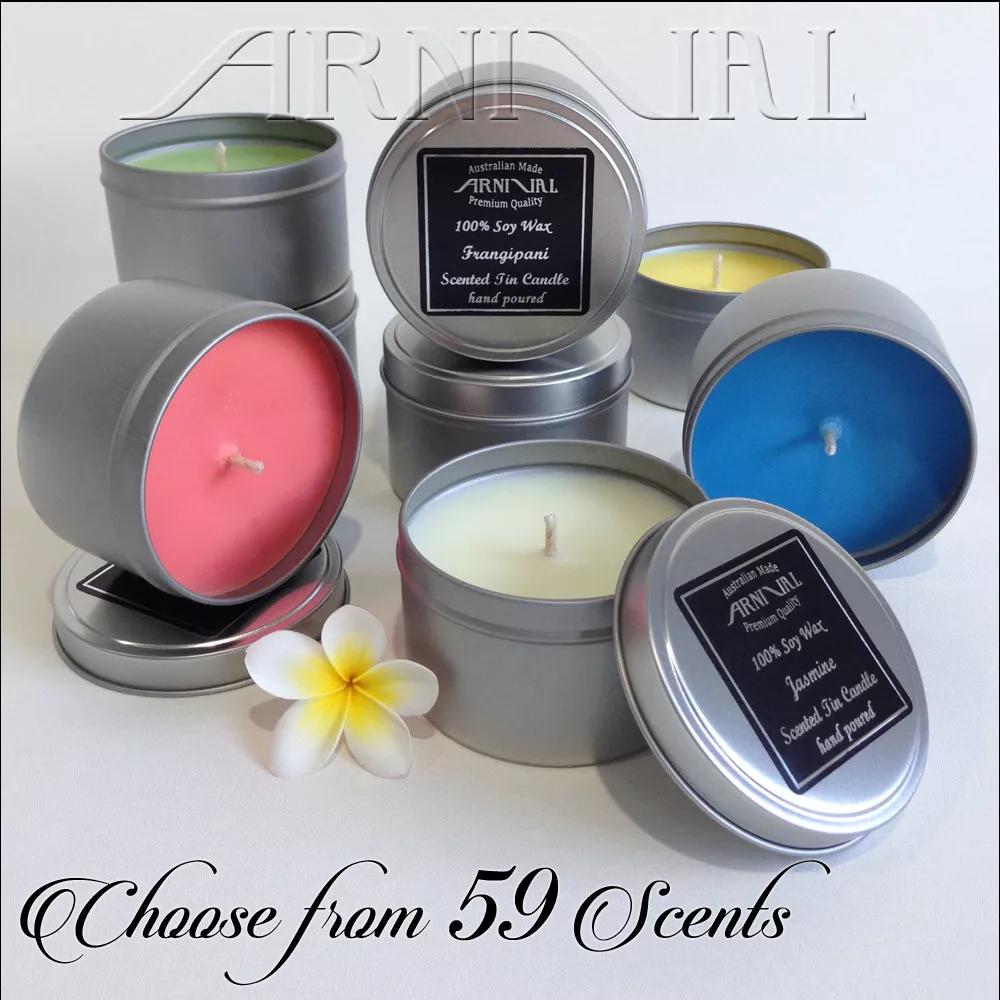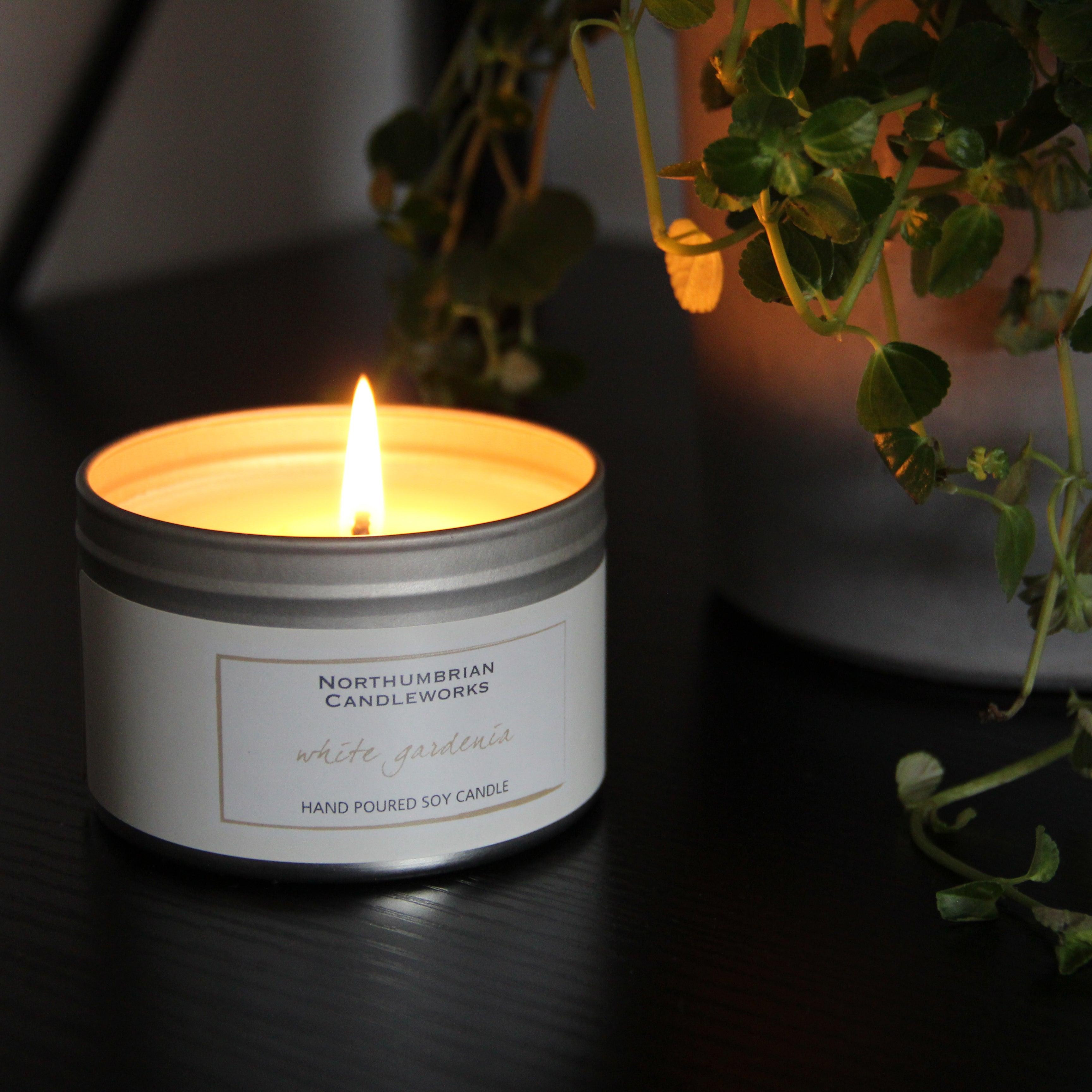Experience the Tranquility of Crystal Soy Candles and Home Fragrance
Experience the Tranquility of Crystal Soy Candles and Home Fragrance
Blog Article
From Wick to Wax: Comprehending the Chemistry Behind Soy Wax Candles and Their Environmental Impact
As we illuminate our areas with the warm glow of candles, there exists a world of complex chemistry behind the relatively basic act of lighting a soy wax candle. Join us as we unwind the scientific intricacies behind soy wax candle lights and discover their ramifications on our setting.
Soy Wax Vs. Paraffin Wax
When contrasting soy wax and paraffin wax for candle production, it is vital to recognize the distinctive attributes and benefits of each product. Soy wax is an all-natural, renewable energy obtained from soybean oil, making it naturally degradable and green - soy wax candles. On the other hand, paraffin wax is a by-product of oil refining, which increases worries about its environmental effect and sustainability
Soy wax candle lights shed cleaner and discharge less residue contrasted to paraffin wax candle lights, making them a much healthier option for interior air high quality. In addition, soy wax has a lower melting point, enabling for a longer-lasting candle light that spreads scent a lot more successfully. Paraffin wax, on the various other hand, often tends to melt faster and much less easily, potentially releasing hazardous chemicals into the air.
From a sustainability viewpoint, soy wax is preferred for its biodegradability and renewable sourcing, aligning with the expanding customer preference for environmentally aware items. While paraffin wax has been a traditional selection in candle light making as a result of its price and simplicity of usage, the change in the direction of green options like soy wax is gaining energy in the industry.
Chemical Composition of Soy Wax

Burning Refine in Soy Candles
The chemical structure of soy wax straight affects the burning procedure in soy candles, influencing factors such as melt time, aroma release, and environmental influence. When a soy candle light is lit, the heat from the fire melts the wax near the wick.
The burning performance of soy candles is influenced by the purity of the soy wax and the quality of the wick. A clean-burning soy candle light with an effectively sized wick will lessen and create a consistent fire residue formation. This not click resources just extends the melt time of the candle light yet additionally enhances the launch of fragrances. In addition, soy wax candles have a lower ecological influence compared to paraffin candles as a result of their renewable and naturally degradable nature.

Ecological Benefits of Soy Wax

Considered a sustainable option to conventional paraffin wax, soy wax uses significant environmental advantages that make it a prominent selection amongst eco-conscious customers. One considerable benefit of soy wax is its eco-friendly sourcing. Soy wax is obtained from soybean oil, which is mainly cultivated in the USA. The cultivation of soybeans assists sustain neighborhood farmers and reduces the reliance on non-renewable fossil fuels used in paraffin wax manufacturing. Furthermore, soy wax is biodegradable, implying it damages down naturally without launching unsafe toxins into the setting. index This particular makes soy wax candles a more eco-friendly choice contrasted to paraffin wax candle lights, which are made from petroleum, a non-renewable source. Soy wax burns cleaner and produces much less soot than paraffin wax, adding to better indoor air quality and decreasing the requirement for cleaning and upkeep. Generally, the ecological advantages of soy wax align with the expanding need for environment-friendly and lasting products in the market.
Recycling and Disposal Factors To Consider
Reusing and proper disposal of soy wax candles play a vital duty in preserving ecological sustainability and reducing waste in neighborhoods and households. When it comes to reusing soy wax candle lights, the initial step is to make certain that the candle has actually shed entirely.

In terms of disposal, if recycling is not an alternative, see this website soy wax candles are naturally degradable and can be safely gotten rid of in most family waste systems. Nevertheless, it is constantly suggested to check with regional recycling facilities or waste administration services for specific standards on candle light disposal to make sure proper handling and ecological security.
Final Thought
In conclusion, the chemistry behind soy wax candles discloses their environmental advantages over paraffin wax candles. Soy wax, acquired from soybean oil, burns cleaner and creates much less residue when contrasted to paraffin wax.
When comparing soy wax and paraffin wax for candle light production, it is necessary to comprehend the unique qualities and benefits of each material (soy candles).Soy wax candles melt cleaner and produce less residue compared to paraffin wax candles, making them a healthier choice for indoor air high quality.Thought about a lasting option to typical paraffin wax, soy wax supplies significant ecological benefits that make it a prominent choice among eco-conscious consumers. Soy wax burns cleaner and creates less soot than paraffin wax, contributing to much better indoor air top quality and lowering the need for cleaning and maintenance.In conclusion, the chemistry behind soy wax candle lights exposes their ecological benefits over paraffin wax candles
Report this page